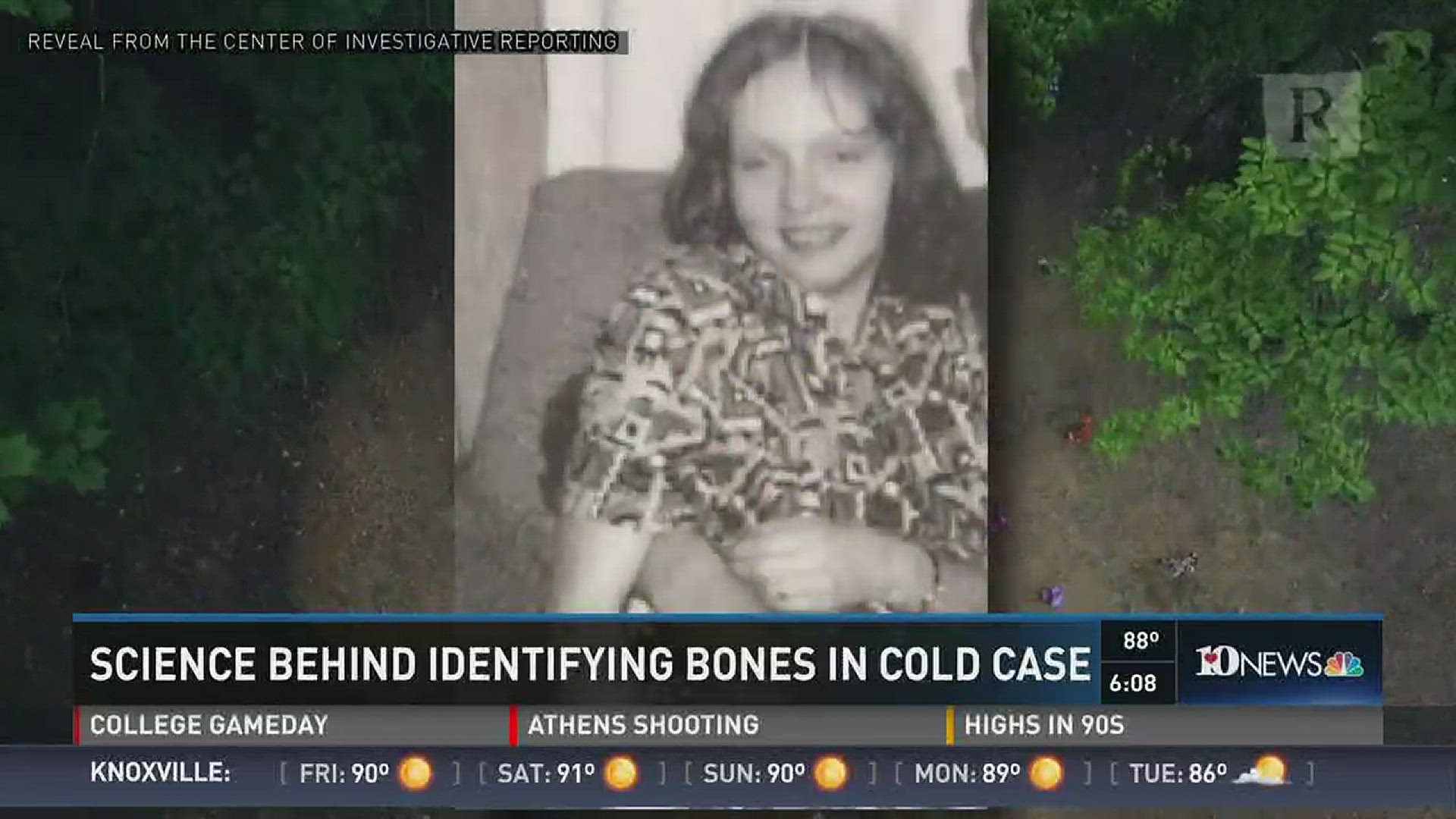For decades, the research of forensic anthropologist Dr. Bill Bass has revolutionized crime scene investigations. He's most well known for creating the body farm through the University of Tennessee where students study the decay of the human body.
There's a lot he can tell you from an unidentified victim's body.
"You can determine the age and the sex and the race and the stature and the handedness," Bass, 88, said.
But the one thing he can't tell you is the person's name. Bass said there are six-to-eight unidentified skeletons in his lab at UT.
"When it (DNA) was first found, everyone said, 'It's going to solve all the crimes.' But no it doesn't. Many people never send in a DNA sample for it to match," Bass said.
A Virginia woman named Karen Stipes did send a DNA sample when she saw a story on the National Missing and Unidentified Persons System (NamUS) that she thought could potentially be her mother.
Stipes searched for her mother for decades.
"She had questions of why her mother was never there," said Kentucky State Police Detective Josh Howard. "Now she understands the reason behind that. With the steps we made we were hopefully able to bring closure to the family."
Wednesday Stipes learned her mother, Sonja Kaye Blair-Adams, was found dead on a Harlan County, Ky. trail in 1969. She had been stabbed multiple times.
Since then, the woman had been known to locals as "Mountain Jane Doe." She was buried in a pauper's grave.
Stipes worked with Kentucky State Police and the coroner to exhume the body in 2015. The remains were sent to the University of North Texas in 2015, and in September 2016 it was confirmed the DNA matched. The 1969 Jane Doe was Sonja Blair-Adams.
"The person that really should be rewarded here is the daughter," Bass said.
The story been the subject of books and a documentary, "The Dead Unknown," by Reveal from the Center for Investigative Reporting.
"I was flabbergasted," Journalist G.W. Shultz said when he heard the remains had been identified, "I texted my mom who knew I cared deeply about this story and what we really wanted to accomplish with this project. I spent months thinking this wasn't going to happen that the science wasn't going to marry well with the degraded remains that came out of the ground."
Bass said ideally, unidentified skeletons need to be preserved in a lab and these had the potential for degradation. But he added, DNA from dense bones and teeth can last for decades, and in this case they did.
"The system works," he said.

